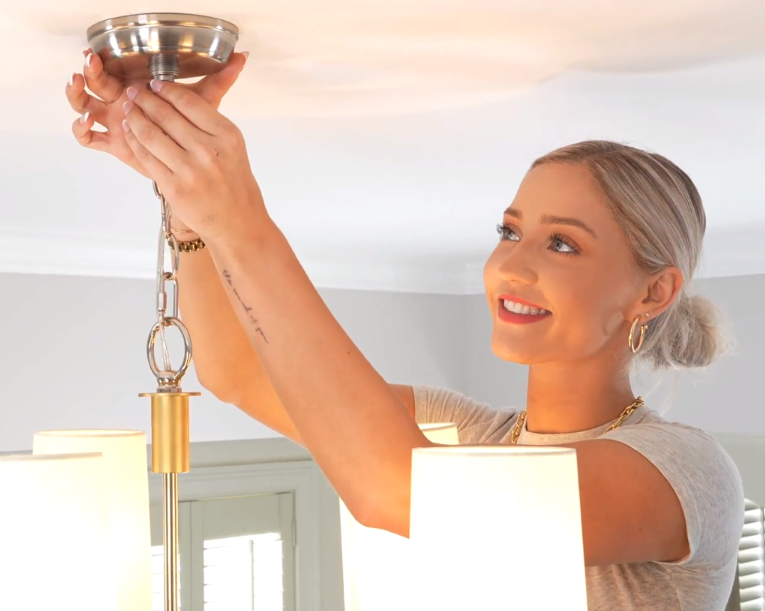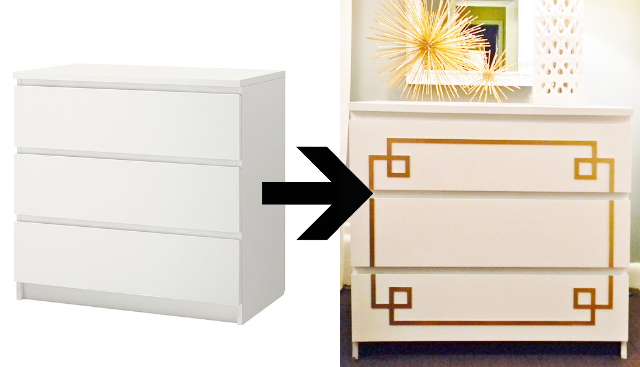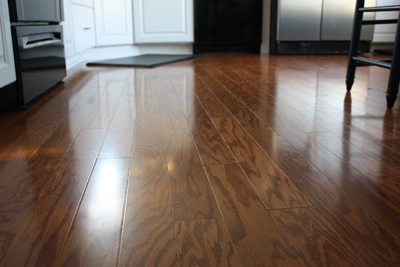How to Know When a DIY Home Project Might End Up Costing More

DIY home projects can be a great way to save money and customize a space. Many homeowners take pride in tackling repairs, upgrades, and renovations themselves, often finding it budget-friendly!

Some projects, like painting a room or installing shelves, are perfect for DIY. However, other tasks can quickly become complicated, leading to unexpected expenses, wasted materials, and costly mistakes.
In places like Seattle, keeping a home’s exterior in good shape is especially important due to frequent rain and moisture-related issues. Homeowners might attempt to handle these updates on their own, only to realize later that certain projects require professional expertise.
Whether it’s a plumbing job gone wrong or a structural change that needs permits, knowing when to call in a pro can prevent bigger problems down the road. While DIY has its perks, some projects are best left to those with the right skills and tools.
Bathroom Remodels Create Expensive Mistakes
Making small changes in a bathroom, like switching out hardware or painting cabinets, is a fairly simple DIY project. However, once plumbing is involved, things can get complicated fast. Installing a new bathtub, converting a shower, or replacing pipes requires precise measurements and proper sealing. A single mistake can cause leaks, water damage, and mold growth—all of which cost far more to fix than hiring a professional in the first place.
Instead of taking risks with plumbing-heavy projects, many homeowners prefer to hire experts who specialize in bathroom remodeling. Homeowners looking to upgrade their bathrooms without the risk of plumbing mishaps often turn to a trusted Seattle bathroom remodeling company for expert guidance on showers, bathtubs, and bath conversions. Professionals handle waterproofing, drainage, and proper installation, which prevents future headaches. While a DIY approach might seem cheaper at first, the long-term costs of fixing mistakes can be much higher.
Structural Changes Require Permits
Some home improvement projects involve more than just looks—they impact the structure of the house. Knocking down a wall to create an open layout might seem like an easy way to improve a home, but removing the wrong wall could compromise the stability of the entire structure. If the wall is load-bearing, taking it down without proper reinforcement can lead to sagging floors, cracked ceilings, or worse, costly structural damage.
Beyond the physical risks, many structural changes require permits and inspections. Homeowners who skip these steps might face fines or complications when selling their homes later. Worse, insurance companies may not cover damages caused by unpermitted work. Licensed professionals understand building codes and know how to make modifications safely. While DIY may sound tempting, structural work is one area where cutting corners can lead to major problems.
Electrical Work Pose Safety Risks
Replacing a light fixture or installing a dimmer switch might be manageable for some homeowners, but anything beyond that can quickly become dangerous. Electrical work requires a deep understanding of wiring, circuits, and safety codes. A small mistake can mean overloaded circuits, electrical fires, or damage to expensive appliances. Even worse, faulty wiring might not cause problems right away, making it difficult to spot an issue until it’s too late.
Hiring a licensed electrician eliminates the risk of DIY electrical mishaps. Professionals know how to handle wiring safely, prevent code violations, and avoid costly rework. While some homeowners might feel confident attempting electrical projects, the potential risks and expensive repairs make it one of the worst areas to take chances. Saving money on labor isn’t worth the possibility of having to redo the entire system—or worse, dealing with a fire hazard.
Landscaping Projects Get Out of Hand
Upgrading a yard with new plants, pathways, or a small garden can be a fun and manageable DIY project. However, larger landscaping projects—like installing retaining walls, reshaping terrain, or adding a patio—can quickly spiral out of control. Without proper planning, homeowners might end up with uneven surfaces, poor drainage, or structural issues that result in erosion and water pooling around the house.
Additionally, many homeowners forget to check for underground utilities before digging. Hitting a water line, gas pipe, or electrical cable can lead to costly repairs and major safety hazards. Professionals know how to prepare the land, ensure proper grading, and prevent drainage problems. A DIY landscaping project that seemed like a budget-friendly idea can easily become a financial headache when mistakes need to be fixed.
Window/Door Replacements Energy Loss
Even a tiny gap in installation can lead to air leaks, causing drafts that make the home less energy efficient. As a result, heating and cooling systems must work harder, driving up energy costs. Homeowners often don’t notice these small mistakes until they see their bills climbing month after month.
Misalignment is another common problem. Doors that don’t close properly or windows that stick can make everyday life frustrating. Professionals ensure a tight fit, seal everything properly, and install insulation to prevent air leaks. DIY installation might seem like an easy way to cut costs, but the long-term expenses from higher energy bills and future repairs can far outweigh the initial savings.
Painting and Finishing Do-Overs
Painting a room or refinishing furniture seems like an ideal DIY project—until streaky walls, uneven coverage, or visible brush marks appear. While it may look easy, achieving a professional-quality paint job requires the right preparation, materials, and techniques. Skipping essential steps like priming, sanding, or using the correct type of paint can lead to peeling, bubbling, or fading sooner than expected.
Exterior painting is even trickier. Weather conditions, surface preparation, and durability factors all play a role in how long the paint will last. A rushed or inexperienced paint job may need to be redone in just a couple of years. Hiring a professional eliminates the risk of wasted materials, do-overs, and frustrating imperfections. Instead of spending extra time fixing mistakes, homeowners can enjoy a smooth, long-lasting finish right away.
DIY projects can be fun, rewarding, and budget-friendly—when done right. However, some home improvements come with hidden costs that can end up making them far more expensive than hiring a professional. Knowing when to tackle a project alone and when to bring in a professional saves homeowners time, money, and stress. While a fresh coat of paint or minor home updates may be perfect for a DIY approach, larger projects often require expert knowledge. In the end, making the right call on when to DIY and when to hire a pro helps keep home improvements smooth, safe, and cost-effective.








